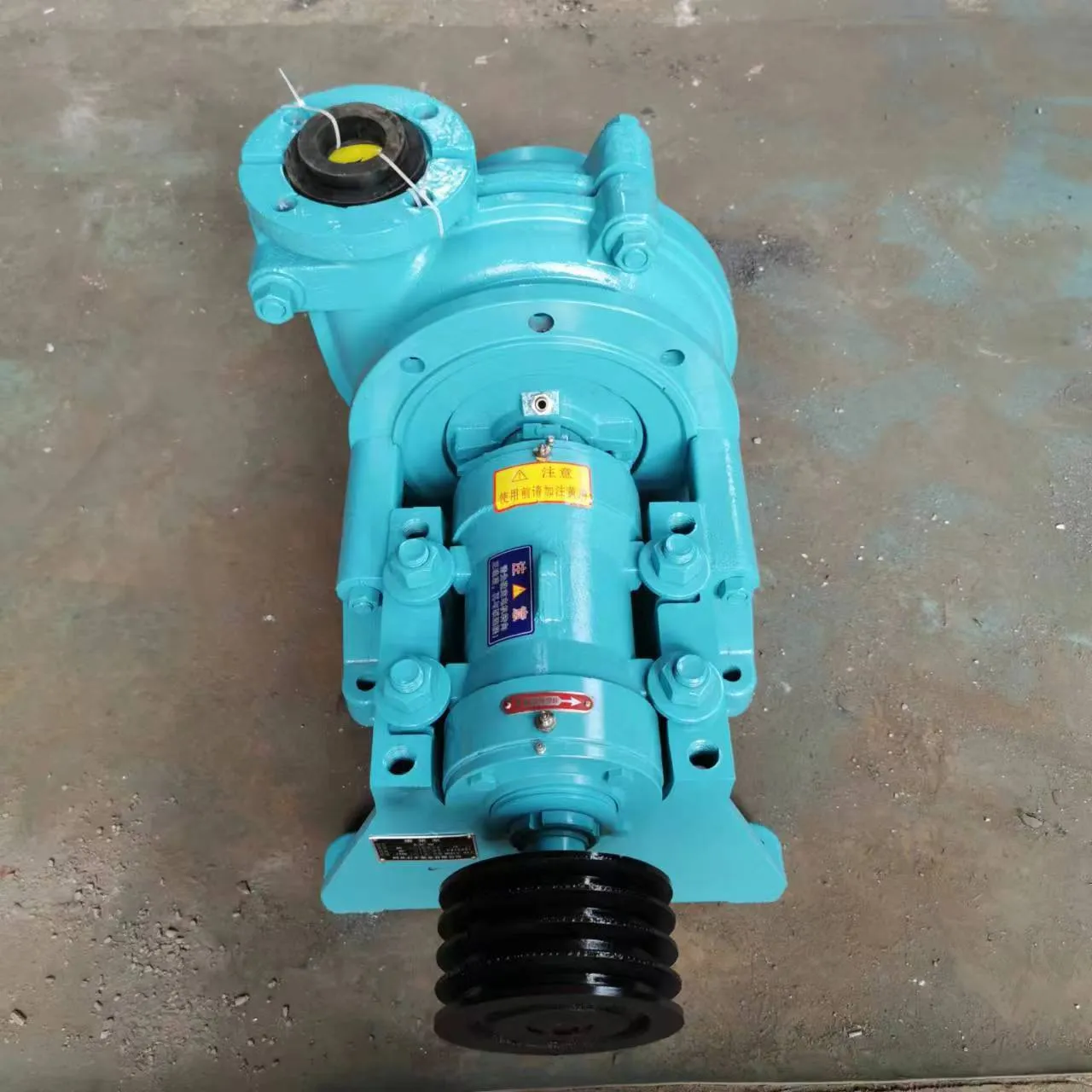Belarusian
- Afrikaans
- Albanian
- Amharic
- Arabic
- Armenian
- Azerbaijani
- Basque
- Belarusian
- Bengali
- Bosnian
- Bulgarian
- Catalan
- Cebuano
- Corsican
- Croatian
- Czech
- Danish
- Dutch
- English
- Esperanto
- Estonian
- Finnish
- French
- Frisian
- Galician
- Georgian
- German
- Greek
- Gujarati
- Haitian Creole
- hausa
- hawaiian
- Hebrew
- Hindi
- Miao
- Hungarian
- Icelandic
- igbo
- Indonesian
- irish
- Italian
- Japanese
- Javanese
- Kannada
- kazakh
- Khmer
- Rwandese
- Korean
- Kurdish
- Kyrgyz
- Lao
- Latin
- Latvian
- Lithuanian
- Luxembourgish
- Macedonian
- Malgashi
- Malay
- Malayalam
- Maltese
- Maori
- Marathi
- Mongolian
- Myanmar
- Nepali
- Norwegian
- Norwegian
- Occitan
- Pashto
- Persian
- Polish
- Portuguese
- Punjabi
- Romanian
- Russian
- Samoan
- Scottish Gaelic
- Serbian
- Sesotho
- Shona
- Sindhi
- Sinhala
- Slovak
- Slovenian
- Somali
- Spanish
- Sundanese
- Swahili
- Swedish
- Tagalog
- Tajik
- Tamil
- Tatar
- Telugu
- Thai
- Turkish
- Turkmen
- Ukrainian
- Urdu
- Uighur
- Uzbek
- Vietnamese
- Welsh
- Bantu
- Yiddish
- Yoruba
- Zulu
Telephone: +86 13120555503
Email: frank@cypump.com
Каст . 16, 2024 03:55 Back to list
Design and Evaluation of a Double Suction Split Case Pump System for Optimal Performance
Design and Analysis of a Double Suction Split Case Pump
The design and analysis of a double suction split case pump represent a pivotal endeavor within fluid mechanics and hydraulic engineering. These pumps are widely utilized in various applications, including water supply, irrigation systems, and industrial processes. Their design characteristics offer significant advantages in efficiency and operational stability, making them highly desirable in many sectors.
Basic Principles and Configuration
A double suction split case pump is characterized by its unique configuration, consisting of two inlet suction channels that feed fluid into the impeller from both sides. This design ensures a balanced axial thrust, which is crucial in reducing wear and tear on the pump components. The split casing facilitates easy access for maintenance, allowing operators to perform repairs without having to dismantle the entire system.
The impeller in a double suction pump is typically designed with a streamlined shape to enhance fluid flow and minimize turbulence. The symmetrical nature of the pump contributes to its ability to handle large flow rates efficiently while maintaining lower energy consumption.
Hydraulic Performance Assessment
When analyzing the performance of a double suction split case pump, several hydraulic parameters are considered, including flow rate, head, efficiency, and NPSH (Net Positive Suction Head). Efficiency is a critical metric, as it represents how well the pump converts input energy into hydraulic energy. High efficiency is often achieved through careful consideration of the impeller design, casing geometry, and internal fluid dynamics.
The hydraulic performance can be evaluated using computational fluid dynamics (CFD) simulations. These simulations allow engineers to visualize flow patterns, identify potential areas of cavitation, and optimize the design for better performance. The use of CFD helps in predicting how changes in design parameters impact overall efficiency and longevity of the pump.
'design and analysis of a double suction split case ...'

Material Selection and Durability
The materials used in constructing a double suction split case pump are essential for ensuring durability and reliability. Common materials include cast iron, stainless steel, and various alloys, depending on the fluid being pumped and environmental conditions. Corrosion resistance, wear resistance, and structural integrity under operational stresses are critical factors that guide material selection.
Moreover, the pump components must withstand not only the fluid forces but also varying temperatures and pressures. A thorough understanding of these material properties helps in designing pumps that maintain their performance over extended periods, minimizing downtime and maintenance costs.
Noise and Vibration Considerations
Another important aspect of pump design is the control of noise and vibrations. Heavy-duty pumps, especially those handling large volumes of fluid, can generate significant noise, which may affect surrounding environments. Engineers utilize damping methodologies and specialized mounting systems to mitigate vibration transmission, resulting in quieter and more stable operation.
Implementation of noise reduction techniques not only enhances comfort for operators and nearby residents but also ensures compliance with local regulations governing industrial noise levels.
Conclusion
In summary, the design and analysis of a double suction split case pump necessitate an intricate balance of hydraulic performance, material selection, and operational efficiency. As industries continue to evolve and demand for reliable fluid transport systems grows, the development of advanced pump technologies is paramount. Through technological advancements, including CFD simulations and innovative material applications, engineers can design double suction split case pumps that meet the rigorous demands of modern applications. The ongoing improvement in pump design contributes to more sustainable practices, minimizing energy consumption while maximizing performance, thereby supporting various sectors in efficiently managing water and fluid resources.
-
Horizontal Split Case Pump with GPT-4 Turbo | High Efficiency
NewsAug.01,2025
-
ISG Series Pipeline Pump - Chi Yuan Pumps | High Efficiency, Durable Design
NewsAug.01,2025
-
Advanced Flue Gas Desulfurization Pump with GPT-4 Turbo | Durable & Efficient
NewsJul.31,2025
-
ISG Series Vertical Pipeline Pump - Chi Yuan Pumps | Advanced Hydraulic Design&Durable Construction
NewsJul.31,2025
-
ISG Series Vertical Pipeline Pump - Chi Yuan Pumps | Energy Efficient & Low Noise
NewsJul.31,2025
-
pipeline pump - Chi Yuan Pumps Co., LTD.|High Efficiency&Low Noise
NewsJul.31,2025










